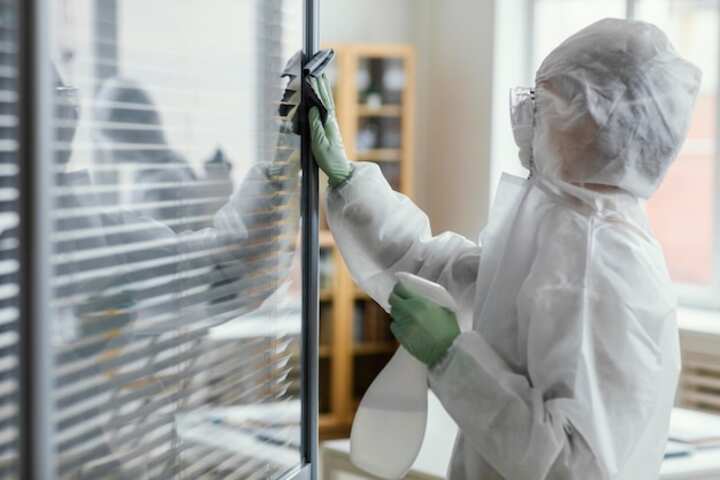
Discover Hidden Mold with Professional Thermal Imaging Inspections
Mold is an unwelcome guest in many homes and buildings. Often hidden from plain sight, it can cause significant health issues and structural damage. Identifying mold infestations early is crucial to prevent these problems. One of the most effective methods for detecting hidden mold is through professional thermal imaging inspections. This technology provides a non-invasive way to identify areas of moisture that often lead to mold growth, ensuring a healthier and safer environment.
Understanding Thermal Imaging for Mold Detection
Thermal imaging, also known as infrared thermography, is a technique that uses infrared cameras to detect temperature variations on surfaces. These variations can indicate the presence of moisture, which is a key factor in mold growth. By capturing images based on heat emissions, thermal imaging allows inspectors to see beyond the visible surface and identify potential problem areas.
The Benefits of Thermal Imaging Inspections
Thermal imaging inspections offer several advantages:
- Non-invasive: No drilling or physical probing is required, preserving the integrity of the structure.
- Comprehensive: Provides a complete view of temperature variations across a surface area.
- Quick and Efficient: Rapidly identifies areas of concern, saving time and resources.
- Early Detection: Helps find moisture issues before they develop into significant mold problems.
How Thermal Imaging Works
Thermal cameras detect heat emitted from objects within their field of view. The camera then converts this heat into an electronic signal, which is processed to produce a thermal image or thermogram. Warmer and cooler areas are depicted in different colors, making it easy to identify anomalies such as moisture intrusion. Read more about this topic.
Identifying Areas Prone to Mold Growth
Certain areas within a building are more susceptible to mold growth due to their propensity for moisture accumulation. Thermal imaging is particularly effective in these locations:
- Basements and Crawl Spaces: Often damp and poorly ventilated, these areas are prime candidates for hidden mold.
- Bathrooms and Kitchens: High humidity and frequent water usage make these rooms vulnerable.
- Attics: Roof leaks or inadequate insulation can lead to moisture accumulation.
- Behind Walls: Leaking pipes inside walls can be detected without demolition.
Learn more in this detailed guide about the specific areas where mold might develop.
Choosing a Professional Inspection Service
When selecting a professional inspection service for thermal imaging, consider the following:
- Certification: Ensure inspectors are certified and trained in infrared thermography.
- Experience: Look for services with proven experience in mold detection.
- Comprehensive Reporting: A detailed report should accompany the inspection, highlighting areas of concern and recommended actions.
Explore further insights here.
Taking Action Against Mold
Once thermal imaging has identified potential problem areas, the next step is to address the moisture issues to prevent mold growth. This may involve repairing leaks, improving ventilation, or using dehumidifiers. In cases where mold is already present, professional removal services may be necessary to ensure safe and complete remediation.
Find additional information here on how to effectively take action against mold.
In conclusion, thermal imaging inspections are a powerful tool in the fight against hidden mold. By identifying moisture issues early, these inspections can help maintain a healthy and safe environment, preventing the adverse effects of mold on both health and property. For anyone concerned about potential mold problems, considering a professional thermal imaging inspection is a wise and proactive step.